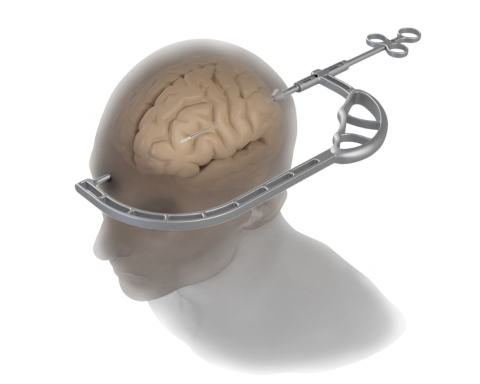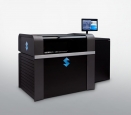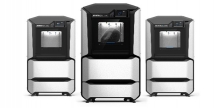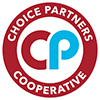Pursuing possibility with the University of Iowa
3D printing drives medical students and entrepreneurs toward an innovative future.
The University of Iowa, located in Iowa City, modernized its education methods by increasing its focus on research and economic development, establishing a prototyping lab to enable more innovative research. Additionally, the university collaborates with the community and medical professionals to improve their own practices, and to help local businesses find investors for new products. With its prototyping lab and education programs, the University is helping surgeons, local entrepreneurs, and students go further and find new ways to innovate for the future.
Surgeons love these parts because of the speed and resolution. They are prototyping tools they can’t find anywhere else. I’m able to turn around their ideas within a matter of weeks compared to years.” -Charles Romans, University of Iowa
Multiple iterations of the Caroline Guide were printed on the F370 FDM printer for ergonomic and functional evaluations before the final model was fabricated in metal.
Made for medical.
The university’s push for research and economic development resulted in the creation of Protostudios, a state-of-the-art rapid prototyping facility at MERGE, a nearby entrepreneurship and innovation center. Protostudios helps surgeons at the University of Iowa Hospitals and Clinics create medical models and tools that fit their needs. “One of the problems the surgeons were having was a lack of face-to-face communication that often extended time in developing their ideas. Local prototyping capabilities were insufficient. Outsourcing to out-of-state firms would often take an average of 2 years and many thousands of dollars to complete a proof-of-concept prototype,” explained Charles Romans, prototyping director at the University of Iowa. Protostudios’ main objectives were to establish improved communication channels that would shorten development time with consistently accurate results.
However, providing accurate, functional prototypes on time proved challenging; the university needed to keep customers and students excited about the new initiative, to stay on track with its goals to accomplish positive reviews. With advanced 3D printing capabilities, surgeons are able to make surgical tools, guides, and accurate anatomical models for preoperative preparation. One surgeon decided to 3D print a surgical model through Protostudios after disappointing results from multiple attempts to make models with traditional methods.
I was able to print four different materials in one prototype model to simulate what he was trying to accomplish. I recreated his concept in one day and that’s one of the reasons he keeps calling me for more projects, the fact that I can do this so quickly and so consistently,” said Romans.
These results were made possible after Protostudios and the university invested in a Stratasys J750™ PolyJet™ printer and an F370 FDM printer. Now surgical guides and models are just as easy to obtain as they are to print. “Surgeons love these parts because of the high resolution and quality. They are prototyping tools they can’t find anywhere else,” said Romans. “I’m able to turn around their ideas and have a proof of concept completed within a matter of weeks compared to years.” One example is the Caroline Guide developed by Dr. Matthew Howard, M.D., Head of the Department of Neurosurgery at the University of Iowa. This surgical guide was prototyped using the F370 printer to refine the design before the final version was made in metal. Prototyping using the 3D printer provided a much faster and cost-effective path to optimize the guide’s design.
Striving for students and community.
The university not only enables innovation in medicine, but they also foster innovation and real-world experience in entrepreneurship. Through a university-specific program, students are able to collaborate with investors and customers and use their skills in a real-world environment. Romans explained, “These students will actually have direct contact with our clients, helping them with those product ideas and doing the prototyping, getting that hands-on experience. If we can get motivated students and give them connections with companies, including project work, our hope is those companies would hire those students.” The university is giving its students the opportunity to learn how to develop prototypes and models with the 3D printers, even extending beyond the engineering programs where 3D printers have historically been utilized.
We’re hoping to get more people, some more entrepreneurs, small business start-ups … give them access to the technology to help them get their ideas developed this way too,” said Romans. “So, it’s what can we do to educate people to spark interest, creative people that will actually pursue testing, trying things out, and then see where it goes from there.”







